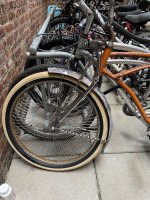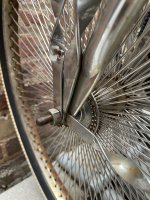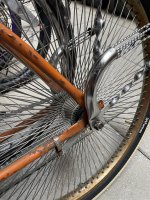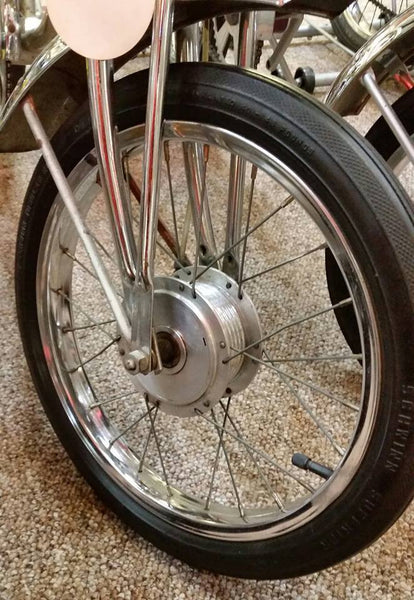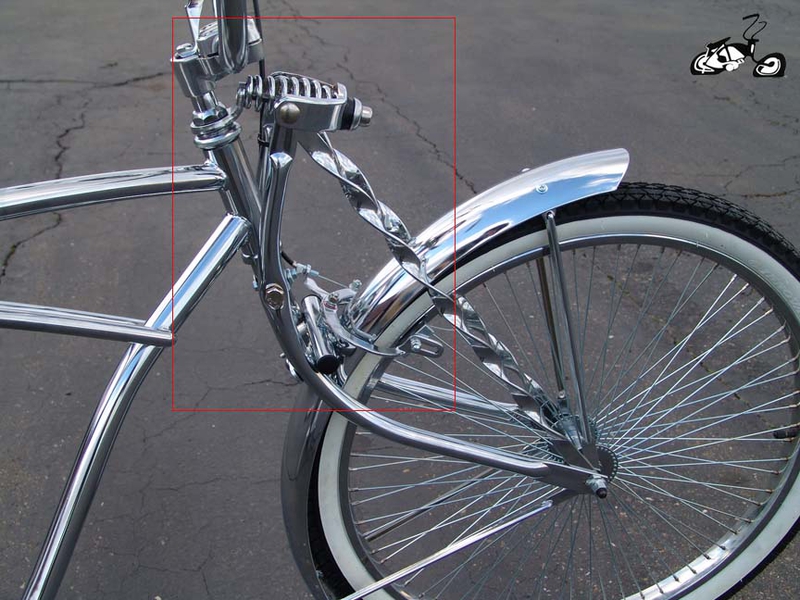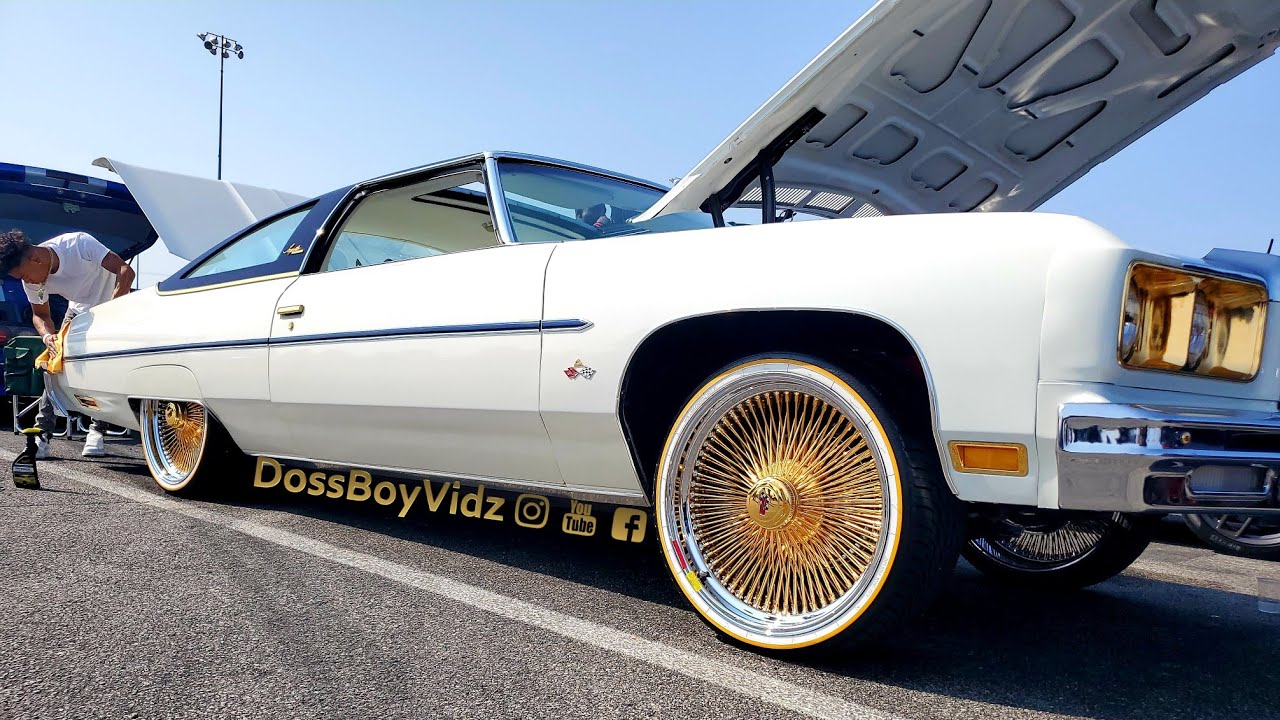I don't think he's going to escape having to spread the frame.
If it has a 100-110mm rear dropout (like some IGH frames) a front motor can be used in the rear, in a couple of ways.
The rightside cover can be removed, and replaced with a rightside cover from a rear motor of the same model, so it has the thread-on freewheel mount, and a single-speed freewheel can be installed. If no cover is available, the right side flange and thread-on mount can be cut off a standard bicycle hub, the bearing cup/mount removed, and it can then be bolted to the existing motor cover (with appropriate holes drilled in both for appropriate hardware). (I used this option for an old 9C motor used first on CrazyBike2, then later on the early SB Cruiser).
If the front-type motor has a disc brake rotor mounting point, it can be mounted backwards (rotor mount on the right) a sprocket can be directly bolted to that for a fixie bike, but the pedals will be forced to turn with the wheel all the time, so the rider has to be able to deal with that (not everyone can, though most should be able to, if it's geared correctly for the rider to pedal it up to the max speed of the system, which is usually low).
But...what brakes are going to be used? AFAICS it only has a coaster brake in the rear. A rear hubmotor will take that out, leaving no brakes. A front brake might be hard to directly add to that fork. There are add on rimbrake boss U shaped units, or you can cut one off a suspension fork and weld or hose-clamp it to this fork (I've done this successfully). Something similar can be done in the rear to give rear brakes.
There are also some types of calipers you may be able to fit on the front that ride on the central bolt above the fender. My experience with these isn't extensive; the only ones I've used like that have been on very old or very cheap bikes (or both), and did not provide significant braking; it could probably be improved in a number of ways if that turns out to be the only option, but I don't know exactly what those are.
A DD hubmotor can give you regen braking, but that's not usually a good replacement for physical brakes; it won't normally bring you to a stop, and it often has an upper speed (or voltage) limit, too, and most of the typical controllers only have on/off regen, with no control over amount of braking...which is usually insufficient to replace a physical brake anyway.
(you can get controllers with better braking options, but if anything goes wrong with any part of the system--battery, motor, controller, you then have no brakes).



